Stateside success: Amazon Just Walk Out technology connects with college campuses and sporting venues
Although its Just Walk Out technology has yet to take off at grocery locations, Amazon is having some success with universities and sporting venues.
The University of Pittsburgh, for instance, will collaborate with Transact Campus and Chartwell’s Higher Education to bring the tech to a convenience store on the Pittsburgh campus.
“As one of the first universities in the United States to integrate Amazon’s Just Walk Out technology into its on-campus retail environment, Pitt is elevating the student experience by making shopping at The Market at Towers faster, easier and more convenient,” says Matthew Sterne, Vice Chancellor of Business Services at Pitt.
“This collaboration enhances our ongoing efforts to leverage innovative solutions to meet the evolving needs of our campus community."
Tech savvy, on-the-go college students are a glaringly obvious target market for this frictionless shopping technology.
As are sports fans, who want to spend as much time as possible watching a baseball, soccer etc game, and as little time as possible buying food, drinks etc..
The Seattle Seahawks and Lumen Field are set to expand the venue’s use of Just Walk Out and Amazon One with deployments at both retail and concession locations, including at the new Seahawks Pro Shop Outlet for fan merchandise.
The latter will open starting with the Seahawks home preseason game on 10th August and is located in the northwest corner of the stadium’s main concourse near section 140.
Fans will find a variety of team gear offered at reduced prices including hats, shirts, jerseys, and souvenirs.
“Fan feedback on our spaces powered by Just Walk Out and Amazon One has been overwhelmingly positive, so we are excited to build on that success,” says Zach Hensley, Seahawks Vice President of Operations and General Manager, Lumen Field.
“Fanovation is at the core of what we do, and we are proud to bring Just Walk Out technology to our outlet store so our guests can spend more time enjoying the game.”
We’re checking out
As mentioned earlier on this article, success in the grocery space continues to elude Amazon.
Its UK arm recently announced it was shutting three of its London-based Amazon Fresh checkout-free stores, including its first which only opened two years ago.
The e-commerce giant said the move was down to 'optimisation decisions' about its 'portfolio of stores', but added that it still plans to open new locations in London this year, one of which will be in Moorgate.
Here’s our take on why Amazon now has just 17 Fresh outlets left - 16 of which are in London, and the other at Sevenoaks in Kent. Way off the original target of 200+ by the end of 2025.
Location, location, location
Amazon Fresh decided to target highly competitive areas. Big mistake.
For example, Ealing Broadway, which became Amazon's first opening in March 2021, was a short walk away from four major players - a Morrisons, Sainsbury's Local, Tesco Express and Marks & Spencer.
The grocery sector in the UK is mature and highly competitive. Newbies, even one with deep pockets like Amazon, should enter at their peril, and when doing so, they should definitely not underestimate the competition.
Amazon just doesn’t get physical stores
It might rule the online waves, but Amazon has always struggled with physical stores.
In March last year it said it would close 68 non-food stores in the US and UK. Physical retail is about far more than cool frictionless technology and snazzy gimmicks , it’s about building brands via excellent customer experiences and strong product ranges.
Amazon has constantly struggled when it comes to playing the long bricks and mortar game.
A costly business
According to media reports, Amazon has slammed on the brakes due to fit out costs being multiple times higher than with a standard location.
We at RTIH have certainly been hearing that Amazon is not alone here. Across the board the price point for checkout-free stores is too high and therefore limiting adoption.
Until both consumer demand drives it and the ROI shows a real win, then this will continue to be a cool technology but of limited value in the high street.
The key win is to eliminate queuing at the checkout and that’s where the consumer will see significant advantages.
But in 2023, amidst major economic turmoil, the focus is on cost consciousness, and, in our humble opinion, without the ability to drive down costs this space is two or three years away from truly going mainstream.
Lack of payments choice
Another area that needs to be urgently addressed is restrictions imposed on how those using the stores could pay.
In 2019, Amazon announced that its new Amazon Go in Manhattan would be the first to accept cash. The company had no choice. New York had passed a law compelling all retail stores to offer customers the option to pay using their notes and coins.
In an article in the latest edition of RTIH magazine, Ron Delnevo, Chair of the UK Payment Choice Alliance, writes: “With many cities and states following New York’s example of banning “cashless” – and a Federal Payment Choice Act doing the rounds in Washington – there clearly isn’t much of a future for Amazon Go or, indeed, any other retailer looking to restrict payment choice.”
He adds: “Jeff Bezos should really have done a bit more research on public payment preferences before launching a “cashless” retail chain - or at the very least asked himself a fundamental question: is retail innovation which limits choice ever a good idea?”



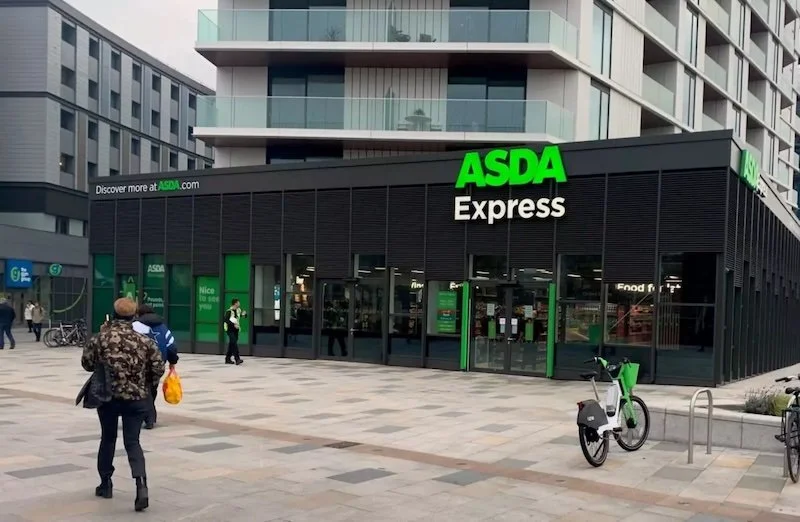
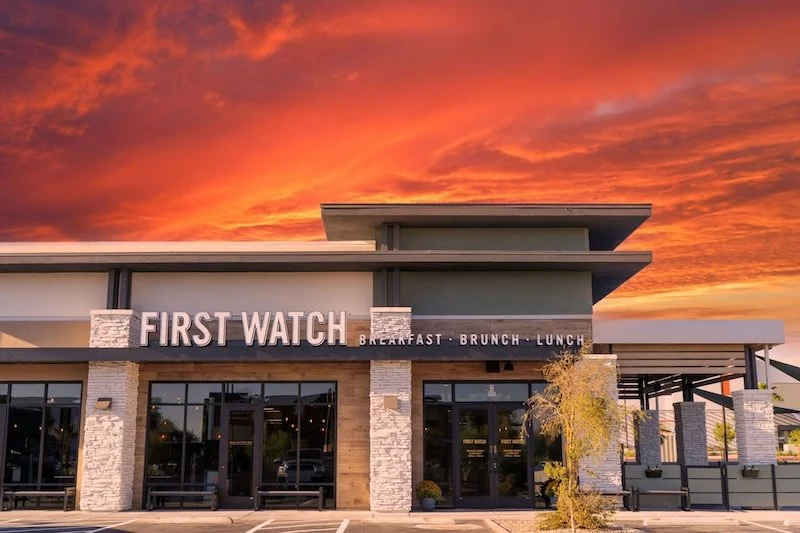


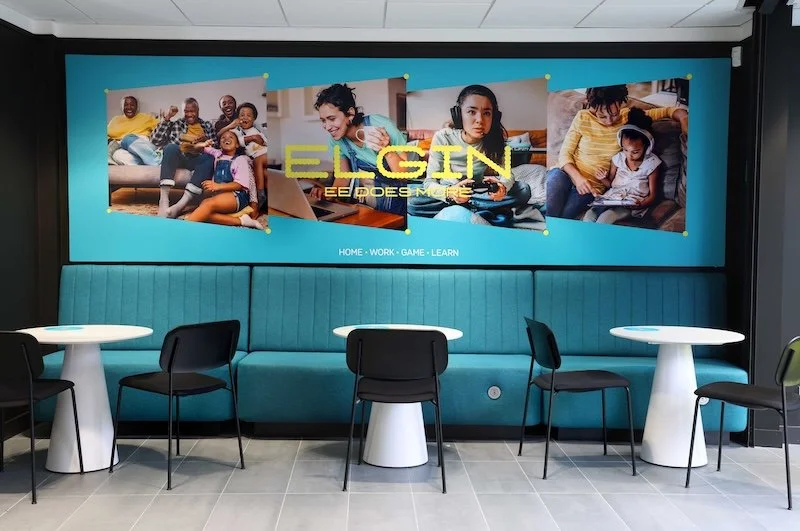

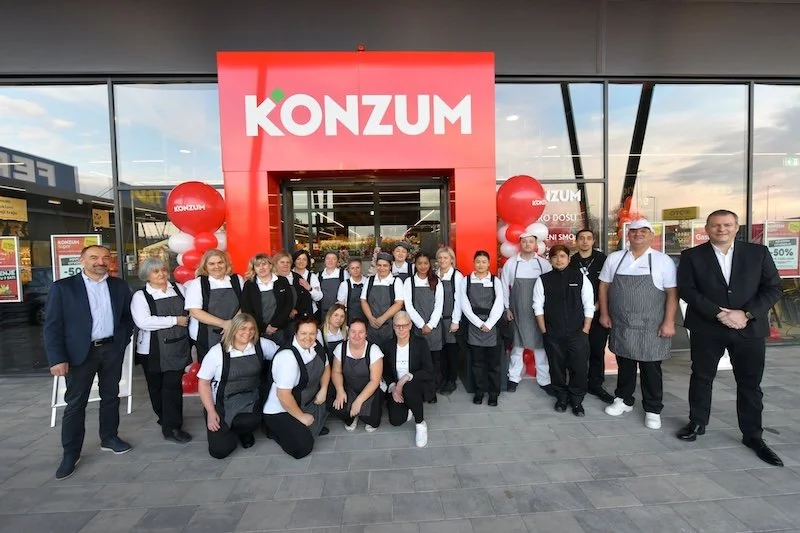




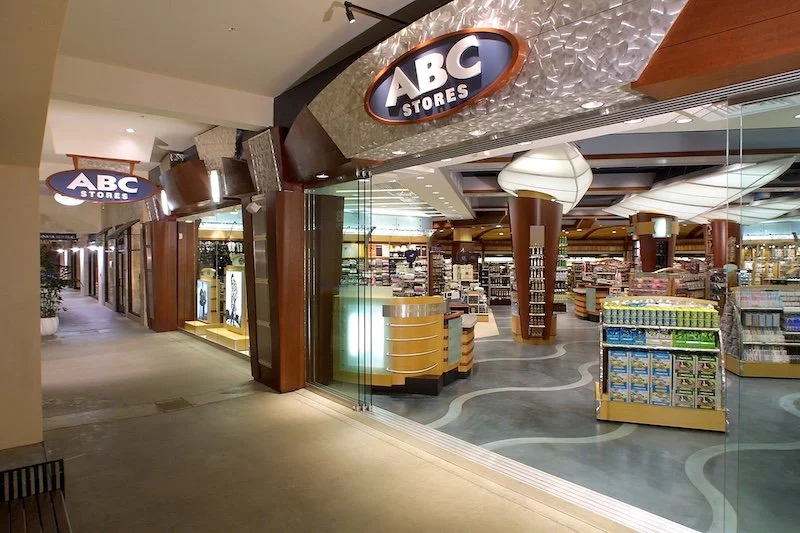
Continue reading…